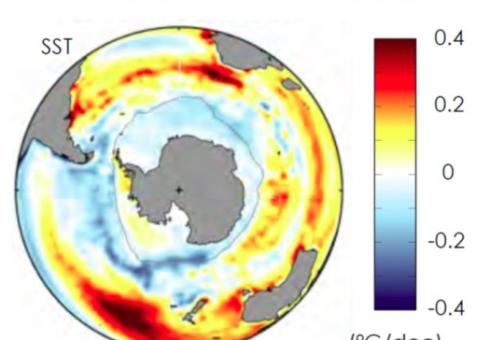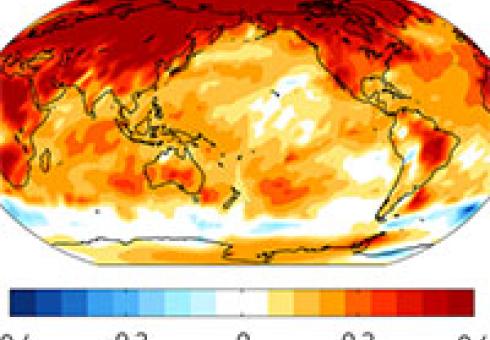News + Media
New approach tracks key factors affecting crop yields, enabling early adaptation
Scientists at MIT and elsewhere have identified the “first fingerprints of healing” of the Antarctic ozone layer, published today in the journal Science.
Around the world, scientists are observing evidence of climate change — record high temperatures, rising sea levels, and melting ice sheets. But new research from MIT’s Program in Atmospheres, Oceans and Climate indicates that Antarctica and the Southern Ocean may be experiencing a period of cooling before warming takes over — and the culprit might be the ozone hole rather than greenhouse gases.
MIT Earth, Atmospheric and Planetary Sciences Professor Kerry Emanuel comments on the potential climate change implications of the anticipated opening of the Tennessee Valley Authority’s Watts Bar reactor, which is expected to generate enough electricity to power 650,000 homes.
New research may explain why sea temperatures around Antarctica haven’t risen as much as surface temperatures around the globe
Around the globe, ocean surface temperatures have been rising due to global warming, but the seas around Antarctica haven’t changed much. Now, researchers may have discovered why.
Study: China could go big on wind power — if it adjusts its grid operations
China has an opportunity to massively increase its use of wind power — if it properly integrates wind into its existing power system, according to a newly published MIT study.






